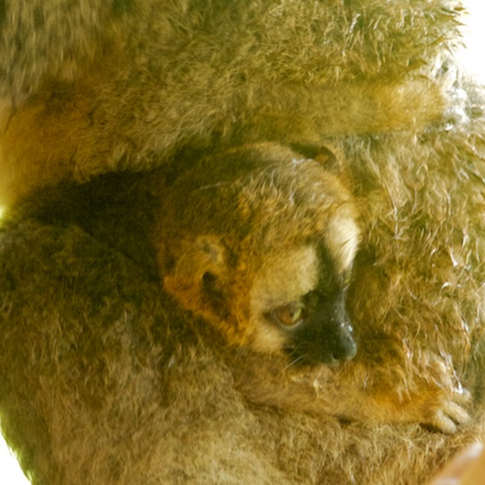Madagascar: Through the Looking Glass
- John J King II
- Dec 4, 2012
- 2 min read
We have been offline for a few weeks and are eager to report some thoughts and observations from our recent expedition into the wilds of Madagascar.
Some background from Wikipedia: The nation comprises the island of Madagascar (the fourth-largest island in the world), as well as numerous smaller peripheral islands. Following the prehistoric breakup of the super-continent Gondwana, Madagascar split from India around 88 million years ago, allowing native plants and animals to evolve in relative isolation. Consequently, Madagascar is a biodiversity hotspot; over 90 percent of its wildlife is found nowhere else on Earth. The island's diverse ecosystems and unique wildlife are threatened by the encroachment of the rapidly growing human population. Madagascar's varied fauna and flora are endangered by human activity. Since the arrival of humans around 2,350 years ago, Madagascar has lost more than 90 percent of its original forest. This forest loss is largely fueled by tavy ("fat"), a traditional slash-and-burn agricultural practice imported to Madagascar by the earliest settlers. Malagasy farmers embrace and perpetuate the practice not only for its practical benefits as an agricultural technique, but for its cultural associations with prosperity, health and venerated ancestral custom (fomba malagasy).
As a result of the island's long isolation from neighboring continents, Madagascar is home to an abundance of plants and animals found nowhere else on Earth. Approximately 90 percent of all plant and animal species found in Madagascar are endemic, including the lemurs (a type of prosimian primate), the carnivorous fossa and many birds. This distinctive ecology has led some ecologists to refer to Madagascar as the "eighth continent", and the island has been classified by Conservation International as a biodiversity hotspot.
Lemurs have been characterized as "Madagascar's flagship mammal species" by Conservation International. In the absence of monkeys and other competitors, these primates have adapted to a wide range of habitats and diversified into numerous species. As of 2012, there were officially 103 species and subspecies of lemur, 39 of which were described by zoologists between 2000 and 2008. They are almost all classified as rare, vulnerable, or endangered. At least 17 species of lemur have become extinct since man arrived on Madagascar, all of which were larger than the surviving lemur species.


























































Comments